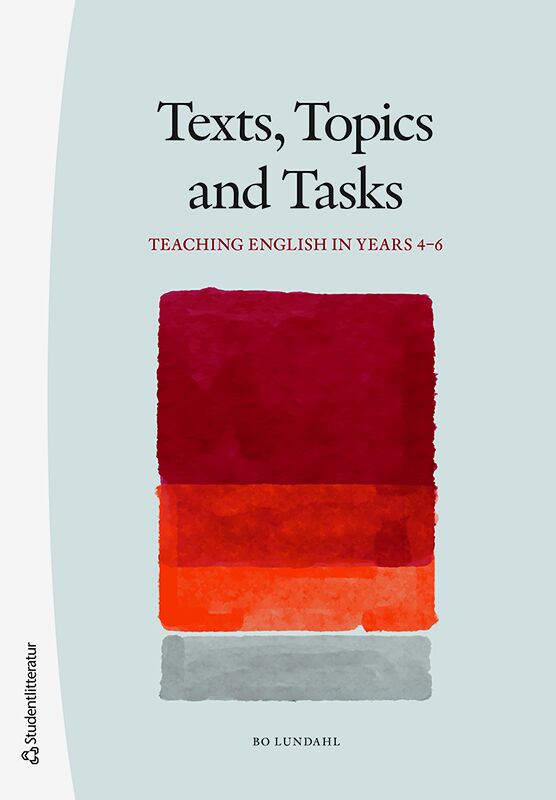
Texts, Topics and Tasks
Teaching English in Years 4-6
Skickas följande arbetsdag
Hitta produkten hos våra återförsäljare som levererar utanför Sverige
Innehållsförteckning
Information
- Författare:
- Bo Lundahl
- Språk:
- Engelska
- ISBN:
- 9789144140391
- Utgivningsår:
- 2014
- Revisionsår:
- 2022
- Artikelnummer:
- 36063-02
- Upplaga:
- Andra
- Sidantal:
- 401